Is Being Vegan Expensive? – The True Cost

Going vegan is often seen as an expensive lifestyle choice, but is being vegan expensive? Many people worry that the cost of buying plant-based foods and special ingredients will be too high for them to afford. However, while it’s true that certain vegan items can come with a higher price tag than their non-vegan counterparts, overall being vegan doesn’t have to break the bank!
Is Being Vegan More Expensive?
Eating vegan is not as expensive as other diets such as a meat-eating diet. The cost of vegetables and other vegan products are much cheaper than meat or diary products. Let’s get into it.
On one hand, there are many affordable vegan options on the market today such as frozen meals from grocery stores or ready-made items from restaurants. These offer convenient meal solutions without breaking the bank. Additionally, if someone were to make their own meals at home with fresh produce they would likely save money compared to buying pre-packaged processed foods which tend to cost more regardless of dietary restrictions due to added processing fees and packaging materials used in production processes.
On the other hand however, some specialty vegan ingredients such as certain nuts or seeds may not always be readily accessible outside major cities making them pricier when bought online or shipped in bulk orders resulting in higher prices overall for those who live far away from urban areas where these items may be found easily within local supermarkets. Also organic fruits and vegetables are usually slightly more costly than conventional ones so this could add up depending on what type of produce an individual chooses when shopping for groceries weekly or monthly basis
Average Cost of Going Vegan
The average person spends around $4 per day on food which works out at roughly $120 each month – this figure remains relatively unchanged when going from a traditional diet to one based mainly on plants. The key difference lies in what you buy; opting for unprocessed fresh produce such as fruits and vegetables rather than convenience products like processed meats or dairy alternatives means your weekly grocery bill could actually end up cheaper if you are careful about budgeting correctly. Additionally, there are many great websites dedicated specifically to helping vegans find affordable meals so even those living on tight budgets can still enjoy delicious meals without breaking the bank!
How Much Does a Vegan Diet Cost Per Week?

The cost of a vegan diet depends on the your eating habits, where they shop and how much food is purchased. Generally speaking, however, it can be argued that being vegan does not have to be expensive. A weekly grocery list for one person following a healthy plant-based diet could include: whole grains (such as oats or quinoa), legumes (beans and lentils), fruits and vegetables (fresh or frozen) nuts/seeds, non-dairy milk alternatives such as soy or almond milk; nut butters; tofu; fortified nutritional yeast flakes etc., which are all relatively inexpensive items compared to meat products when bought in bulk from stores like Costco.
Eating out at restaurants may also add up quickly if you don’t choose wisely – opting for meals with simple ingredients instead of pre-made dishes will save money over time! In addition to this there are some great resources online that offer recipes using affordable pantry staples so anyone who wants to try their hand at cooking delicious vegan meals won’t need an extravagant budget either! All in all depending on your shopping choices and dietary needs – it’s possible maintain a nutritious vegan lifestyle without breaking the bank each week.
Financial Impact of Going Vegan
Going vegan can have a positive financial impact on your budget. Many people believe that eating plant-based foods is expensive, but this isn’t necessarily true when you look at the big picture. Plant-based proteins like beans and lentils are often much cheaper than animal products, so switching to a vegan diet could save money in the long run. Additionally, buying fresh produce from local farmers markets or growing some of your own food can help keep costs down even further as these options tend to be more affordable than purchasing items from larger grocery stores.
Benefits of Going Vegan
In addition to saving money by cutting out animal products from your meals, being vegan also has other potential cost savings associated with it such as reducing medical bills due to better overall health benefits of consuming fewer processed and unhealthy foods while increasing nutrient dense whole plant based ingredients into one’s lifestyle which will lead directly towards improved physical well-being over time resulting in less need for costly doctor visits & medications; not only does going vegan potentially reduce healthcare expenses. It may also increase productivity through increased energy levels leading towards greater job performance & earning capacity!
Ways to Save Money as a Vegan
So is being vegan expensive? Being vegan is not more expensive than a traditional diet, but it can be. It all depends on how you choose your foods and where you shop for them. While some of the specialty vegan products may cost more than their non-vegan counterparts, there are also many plant-based options that can provide comparable nutrition at a lower price point. Here are a few tips:
- Buy in bulk – Buying non-perishable items such as grains, nuts and legumes in large quantities will help you get the best price per unit and ensure that you always have food on hand when needed.
- Look for sales – Keep an eye out for special offers at your local grocery store or health food shop; many places offer discounts on certain items each week so take advantage of these savings opportunities!
- Buy at the right time – Buying vegan ingredients and items in season is another way vegans save money while still eating healthily; dried legumes like chickpeas last much longer so stocking up when prices drop means always having ingredients available without breaking the bank! Many vegan staples such as nuts, seeds, grains, legumes, canned goods etc., come in large quantities at lower prices than their smaller counterparts found near checkout lanes or pre-packaged items like energy bars or snacks.
- Plan ahead – Planning meals ahead of time helps avoid unnecessary trips to the store which could result in spending more than necessary due to impulse purchases. Also try making double batches so leftovers can be frozen or used another day instead of buying new ingredients every time you want something different!
Vegan Food Cost Comparison
A plant-based diet can be more affordable than one that includes animal products, as many vegan staples are cheaper than their meat or dairy counterparts. When it comes to the cost of being vegan, grocery lists are a great way to keep costs down. Comparing prices between different stores and brands can help you find the best deals on plant-based products. Additionally, planning meals ahead of time and sticking with a shopping list will reduce impulse purchases that may add up over time. Here’s more on the cost of healthier food choices.
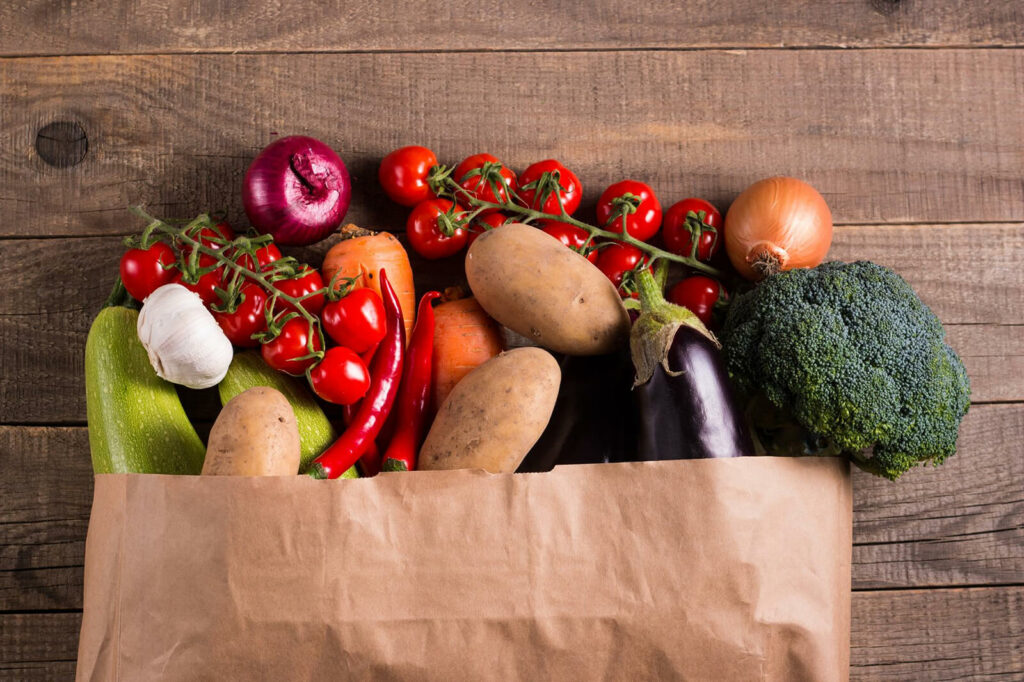
Grocery List
Beans and legumes such as lentils, chickpeas, black beans and kidney beans provide essential proteins at low costs compared to meats like beef or chicken. Plant milks such as soy milk also offer a nutritious alternative for those looking for something lactose free but still nutritionally dense – often costing less per liter than cow’s milk! Fresh fruits and vegetables in season tend to have lower prices too – making them accessible options even on tight budgets.
Is it expensive to go vegan? Not at all! It can actually be cheaper to go vegan. To save even more money when going vegan, you can create a grocery list. Creating a vegan grocery list on a budget can be tricky, but it doesn’t have to be expensive. Here are some tips for creating an affordable and nutritious vegan grocery list:
- Start with staples like rice, beans, potatoes and oats. These items are all very inexpensive yet provide essential nutrients that you need in your diet. They also form the basis of many delicious meals such as chili or veggie stir fry!
- Don’t forget about frozen fruits and vegetables – they often cost less than fresh produce while still providing plenty of nutrition. Frozen fruit is great for smoothies or oatmeal toppings; frozen veggies make excellent additions to soups or stews too!
- Look out for store brand items which tend to be cheaper than name brands – this applies especially when shopping at discount stores like Aldi where you can find lots of healthy plant-based options without breaking the bank!
- Stock up on shelf-stable pantry essentials such as canned tomatoes, tomato sauce/paste, nut butter (or tahini), coconut milk etc so that you always have ingredients ready when meal prepping comes around again – these will last much longer than their fresh counterparts meaning fewer trips back to the store = more money saved overall!
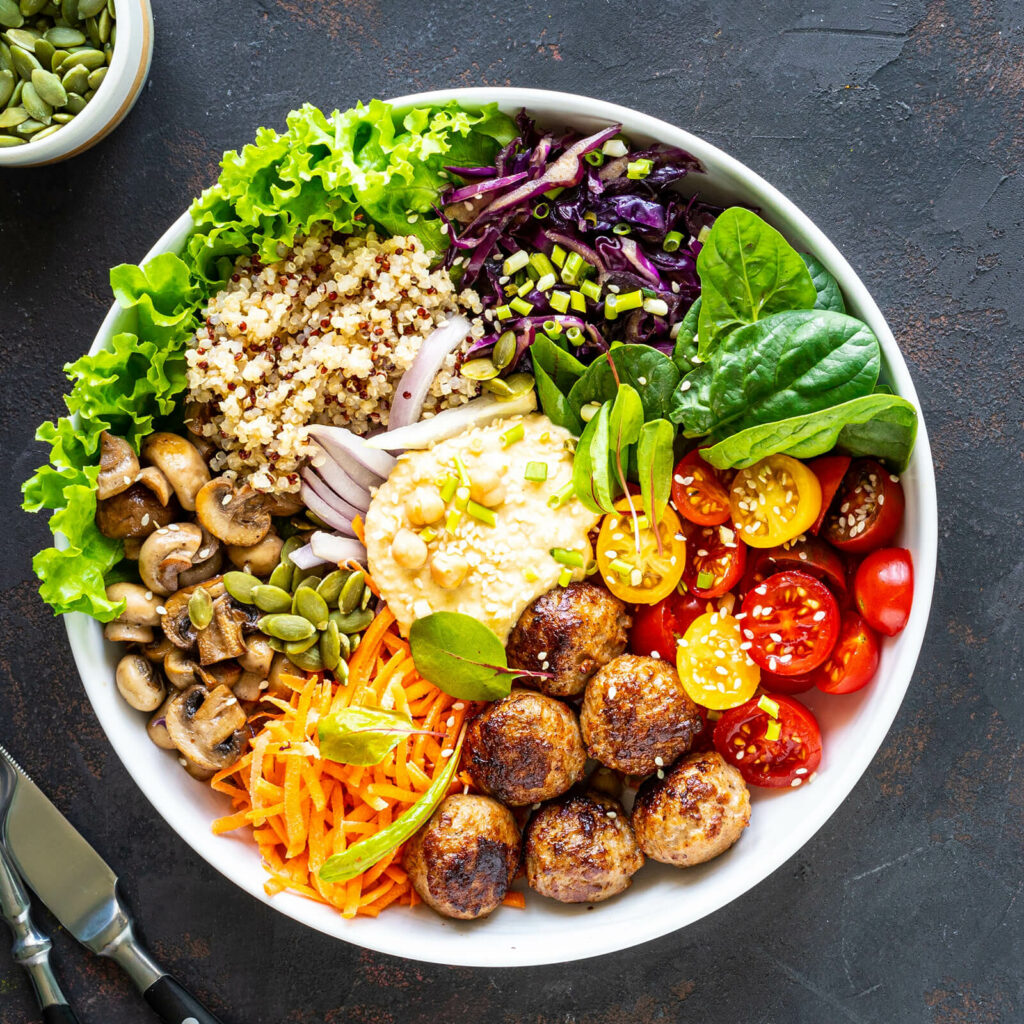
Cheap Recipes
Cheap vegan recipes are a great way to enjoy delicious, healthy meals without breaking the bank. There are many inexpensive ingredients that can be used in vegan dishes, such as beans and lentils which provide protein and fiber; vegetables like potatoes, squash, carrots or peppers for added nutrition; grains like quinoa or rice for complex carbohydrates; fruits like apples and bananas for sweetness.
Additionally nuts and seeds offer an abundance of vitamins and minerals while providing flavor depth. With just these few staples it is possible to make tasty soups stews casseroles salads wraps tacos burritos bowls stir-fries smoothies oatmeal pancakes waffles muffins granola bars energy bites snacks dips sauces dressings marinades desserts beverages breads etc! The possibilities really are endless when you get creative with your plant-based pantry items.
Show sources ⌄
Pais DF, Marques AC, Fuinhas JA. The cost of healthier and more sustainable food choices: Do plant-based consumers spend more on food? Agric Food Econ. 2022;10(1):18. doi: 10.1186/s40100-022-00224-9. Epub 2022 Jul 26. PMID: 35909388; PMCID: PMC9321292.
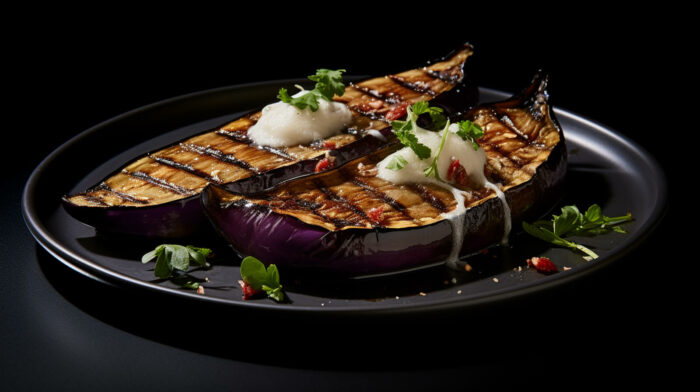
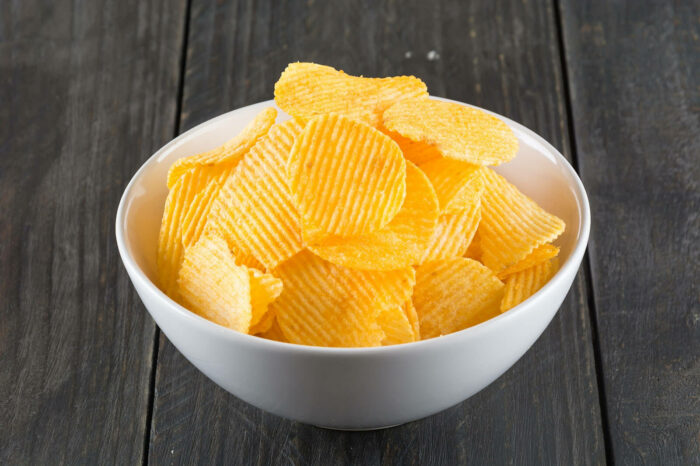
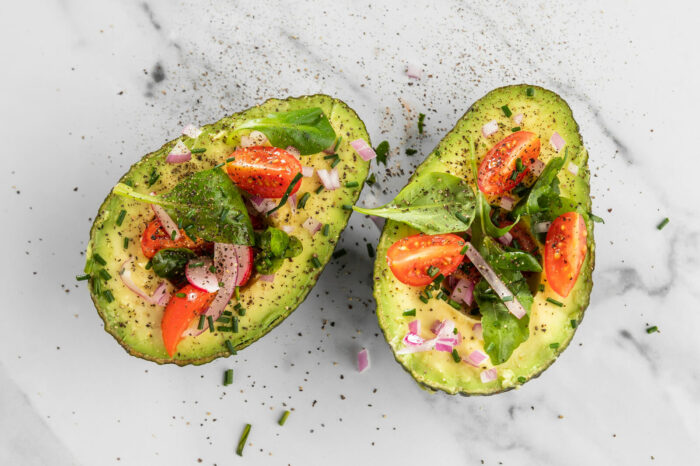
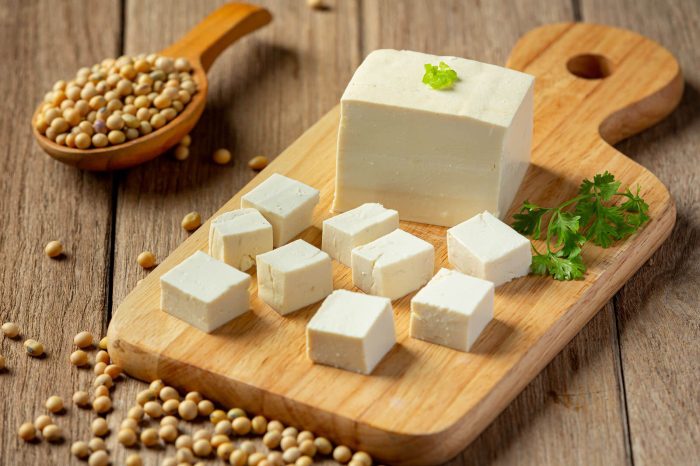
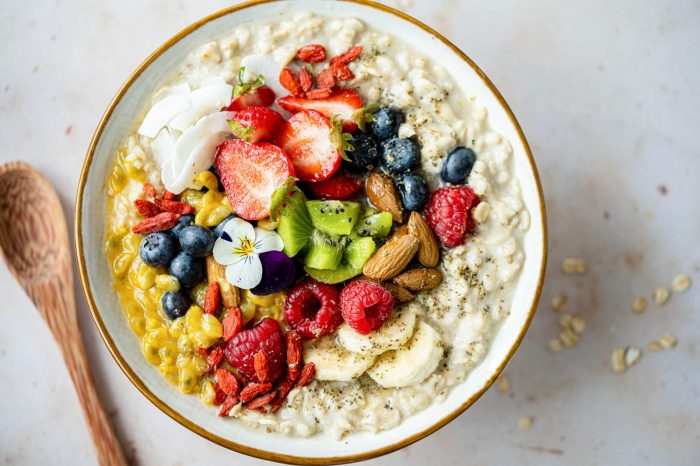
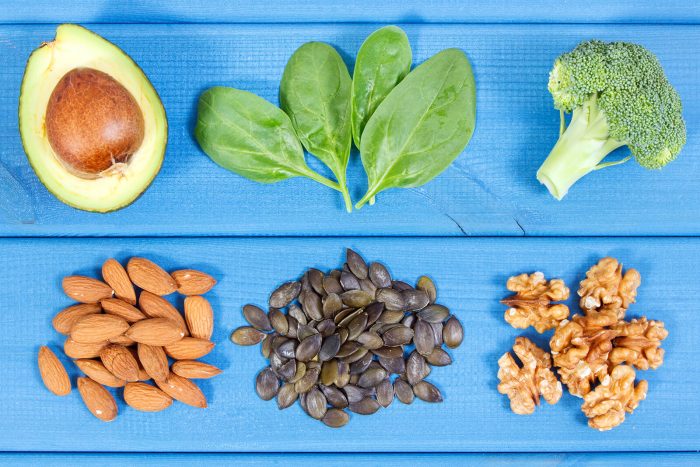
i wanted to know that it is more expensive then normal food like meats